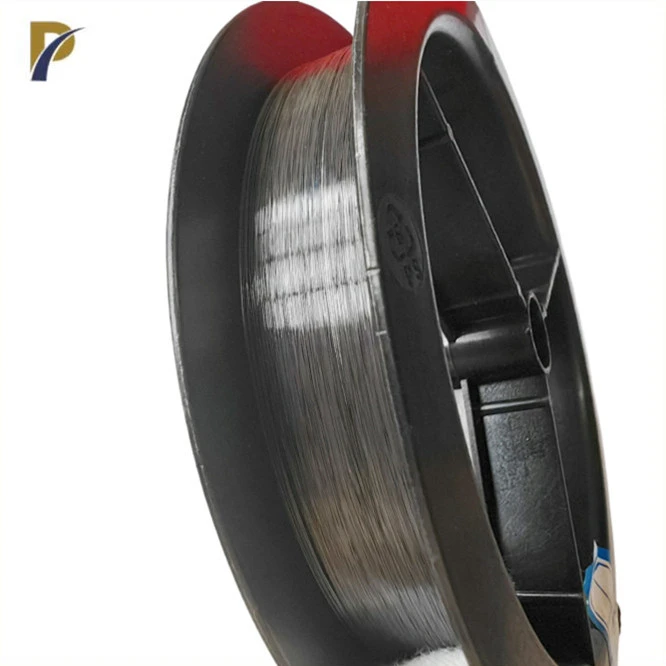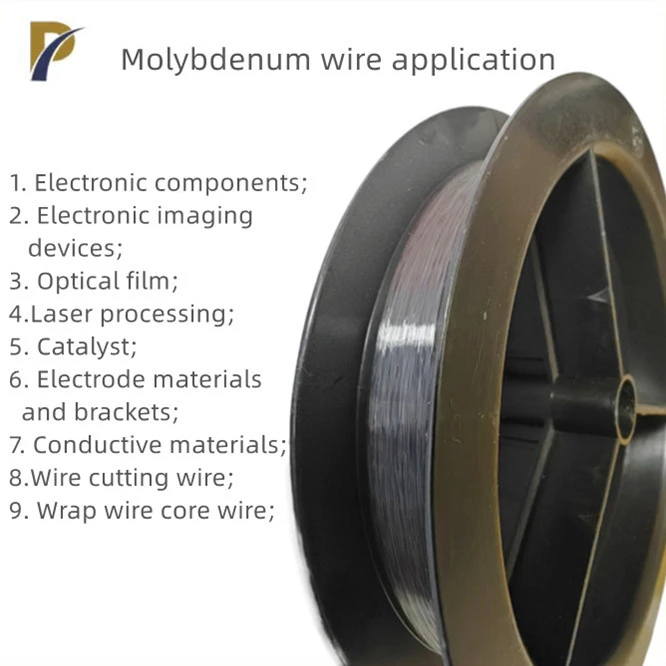The Fundamentals of Molybdenum Wire Drawing
Material Properties and Preparation
Molybdenum's inherent characteristics make it an ideal candidate for precision wire drawing. Its high melting point, excellent thermal conductivity, and low thermal expansion coefficient contribute to its stability during the drawing process. Before drawing begins, the molybdenum rod or wire undergoes meticulous preparation, including annealing to relieve internal stresses and surface cleaning to remove impurities. This preparatory phase is crucial for achieving optimal results in the subsequent drawing steps.
Drawing Dies and Lubrication
The selection of appropriate drawing dies is paramount in the molybdenum wire drawing process. These dies, typically made from diamond or tungsten carbide, feature precisely engineered geometries to control the reduction in wire diameter. The die angle, bearing length, and approach angle are carefully optimized to minimize drawing forces and ensure uniform deformation. Proper lubrication is essential to reduce friction and heat generation during drawing. Specialized lubricants, often containing molybdenum disulfide, are employed to enhance the process efficiency and protect the wire surface.
Multi-Pass Drawing Sequence
Achieving high precision in molybdenum wire drawing often requires multiple drawing passes. Each pass incrementally reduces the wire diameter, allowing for better control over the final dimensions and properties. The number of passes and the reduction per pass are carefully calculated to balance the desired dimensional accuracy with the material's work hardening behavior. Intermediate annealing steps may be introduced between passes to restore ductility and prevent excessive strain hardening, ensuring the wire remains malleable throughout the drawing process.
 |
 |
Advanced Techniques for Enhanced Precision
Controlled Atmosphere Drawing
To further enhance precision and prevent surface oxidation, molybdenum wire drawing may be conducted in a controlled atmosphere. Inert gases such as argon or nitrogen are used to create an oxygen-free environment, preserving the wire's surface quality and dimensional stability. This technique is particularly valuable when producing ultra-fine molybdenum wire for sensitive applications in the semiconductor industry or medical devices.
In-Line Monitoring and Feedback Systems
Modern molybdenum wire drawing operations incorporate sophisticated in-line monitoring and feedback systems. These systems continuously measure parameters such as wire diameter, tension, and surface quality in real-time. Advanced sensors and computer-controlled actuators allow for instantaneous adjustments to drawing speed, die pressure, and lubrication, ensuring consistent quality throughout the production run. This level of process control is instrumental in achieving and maintaining the high precision demanded by cutting-edge applications.
Precision Annealing and Stress Relief
“The final precision of molybdenum wire drawing is not solely determined by the drawing process itself but also by subsequent heat treatment. Precision annealing techniques, often utilizing controlled-atmosphere furnaces, allow for fine-tuning of the wire's mechanical properties and dimensional stability. Carefully managed heating and cooling cycles can relieve residual stresses, optimize grain structure, and enhance the wire's overall performance characteristics. This post-drawing treatment is crucial for applications requiring exceptional straightness and dimensional stability over time.
Quality Assurance and Precision Verification
Non-Destructive Testing Methods
Ensuring the precision of molybdenum wire drawing requires rigorous quality assurance protocols. Non-destructive testing methods, such as eddy current inspection and laser micrometry, are employed to verify dimensional accuracy and detect any surface or internal defects. These techniques allow for 100% inspection of the wire without compromising its integrity, ensuring that every meter of produced wire meets the stringent specifications required for high-precision applications.
Mechanical and Electrical Property Validation
The precision of molybdenum wire drawing extends beyond mere dimensional accuracy to encompass its mechanical and electrical properties. Sophisticated testing equipment is used to measure tensile strength, elongation, and electrical resistivity. These properties are critical for applications in high-temperature environments or electrical contacts where consistent performance is essential. By carefully controlling the drawing process and subsequent treatments, manufacturers can tailor these properties to meet specific application requirements while maintaining tight tolerances.
Statistical Process Control
To maintain consistent precision across large production volumes, statistical process control (SPC) techniques are implemented in molybdenum wire drawing operations. By collecting and analyzing data on key process parameters and wire characteristics, manufacturers can identify trends, predict potential issues, and make proactive adjustments to the drawing process. This data-driven approach ensures that the precision of the molybdenum wire remains within specified limits, even as production scales up to meet growing demand in industries such as aerospace, electronics, and energy.
Conclusion
The molybdenum wire drawing technique ensures precision through a combination of material science, advanced manufacturing processes, and rigorous quality control. By leveraging the unique properties of molybdenum and employing state-of-the-art drawing equipment, manufacturers can produce wire with exceptional dimensional accuracy and performance characteristics. The multi-step drawing process, coupled with in-line monitoring and precise heat treatments, allows for the production of molybdenum wire that meets the exacting standards of industries at the forefront of technological innovation. As demands for precision continue to grow, the molybdenum wire drawing technique will undoubtedly evolve, pushing the boundaries of what's possible in material processing and opening new avenues for advanced applications.
Contact Us
For more information about our precision molybdenum wire drawing services and products, please contact us at info@peakrisemetal.com. Our team of experts is ready to assist you in finding the perfect molybdenum wire solution for your specific needs.

